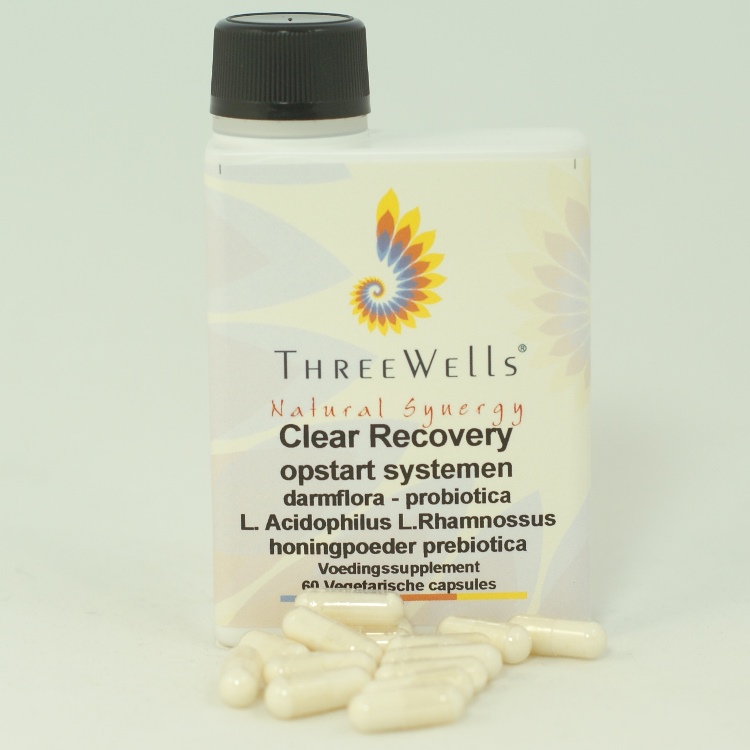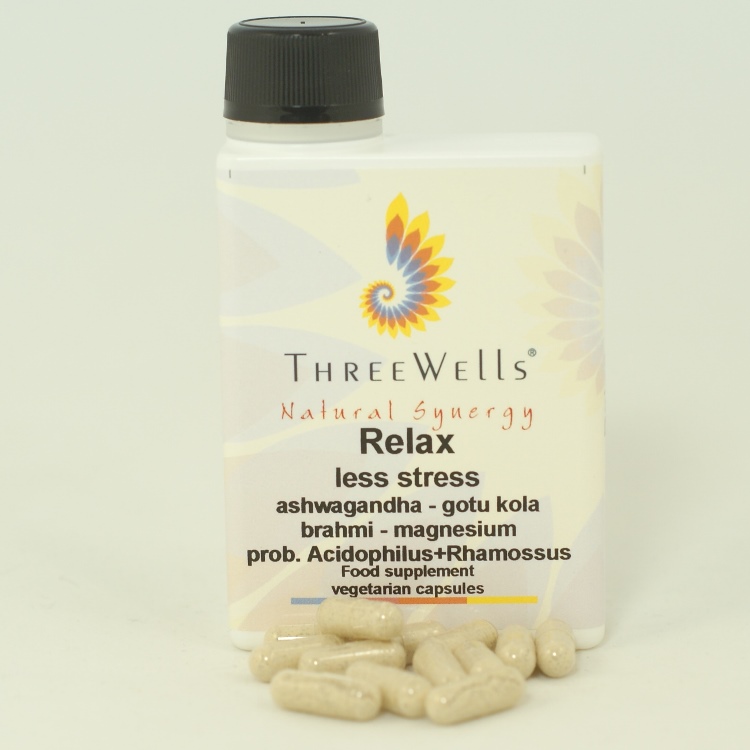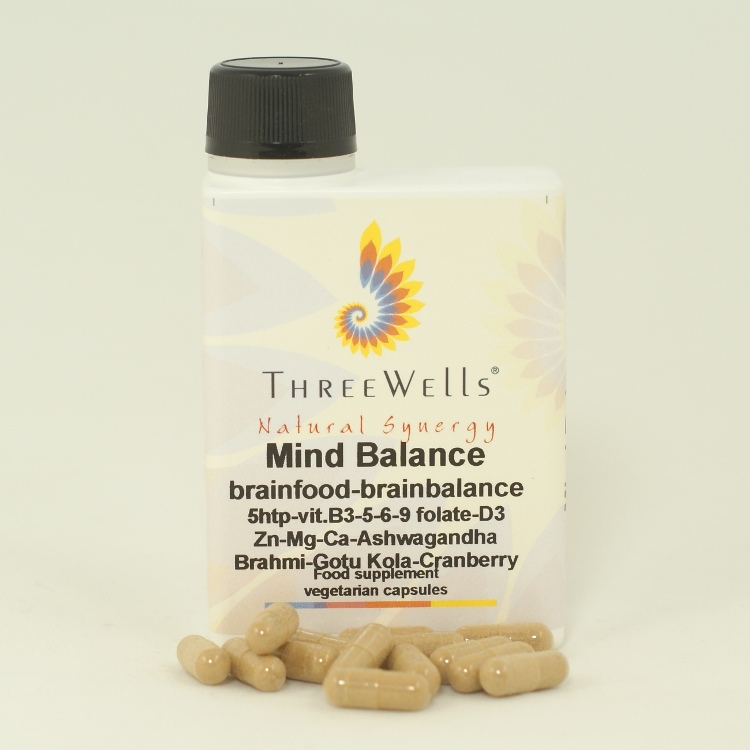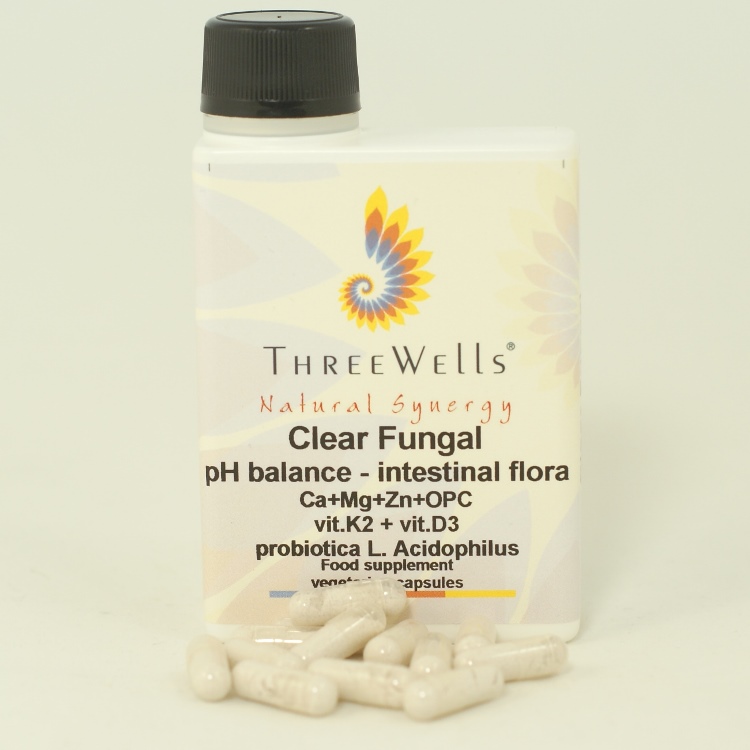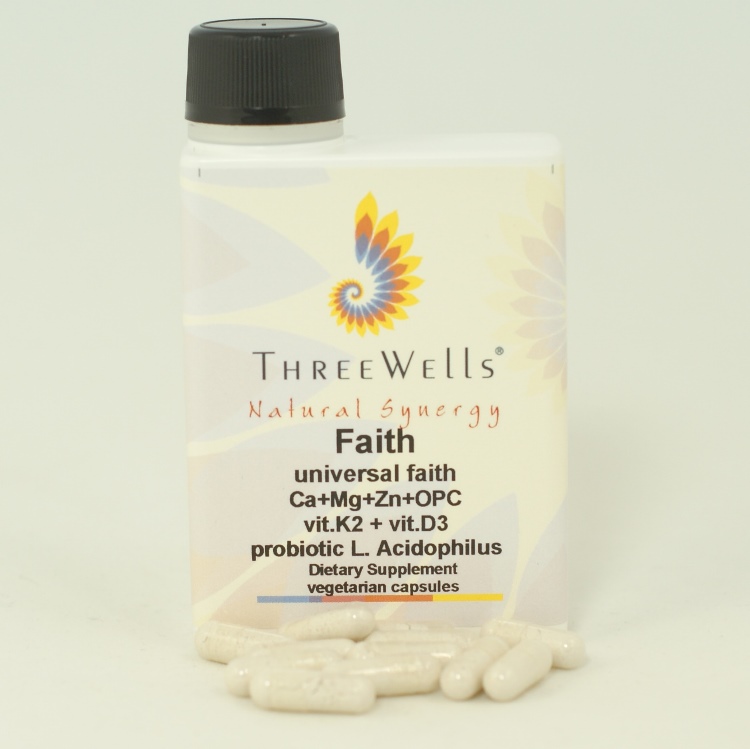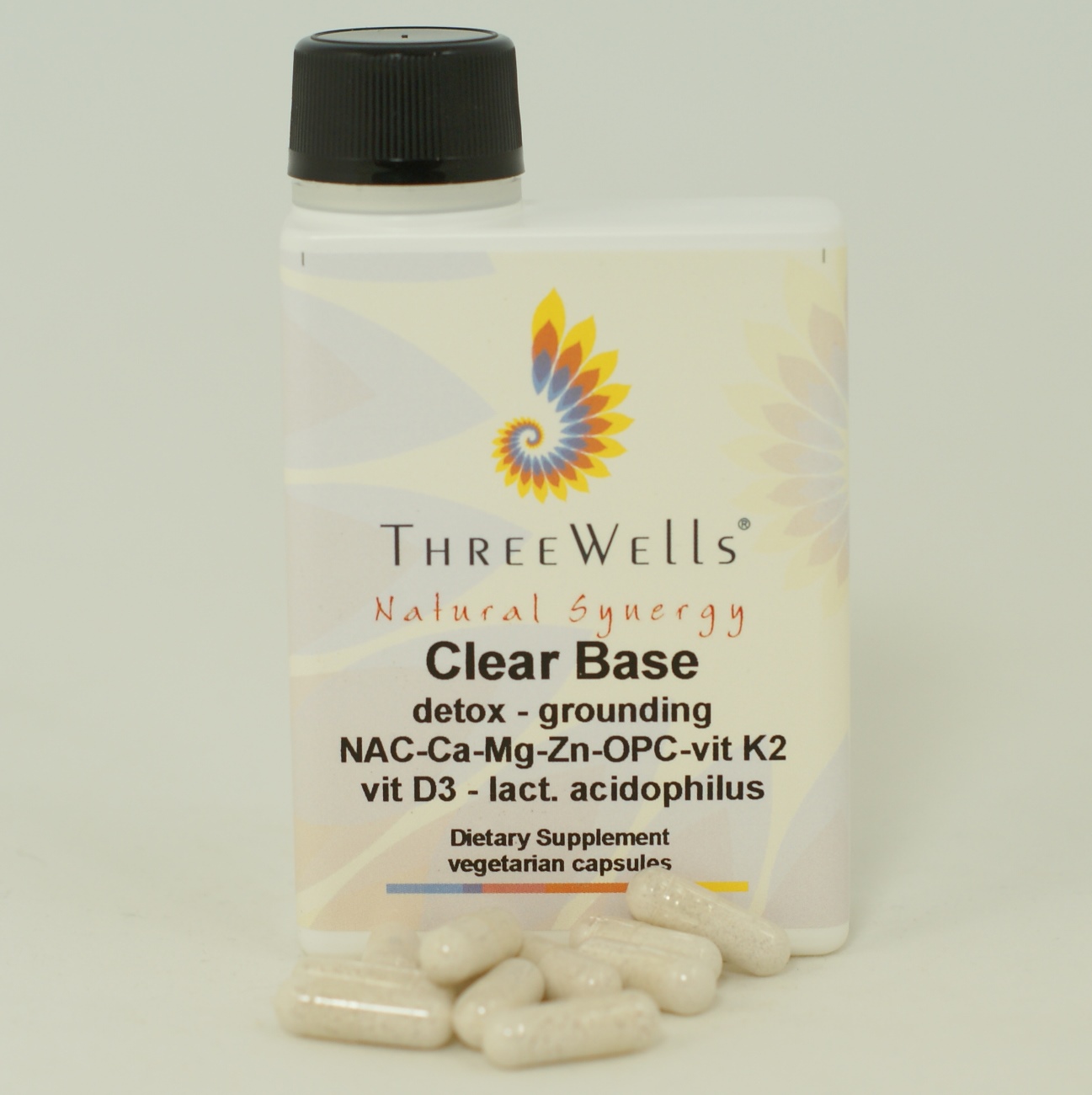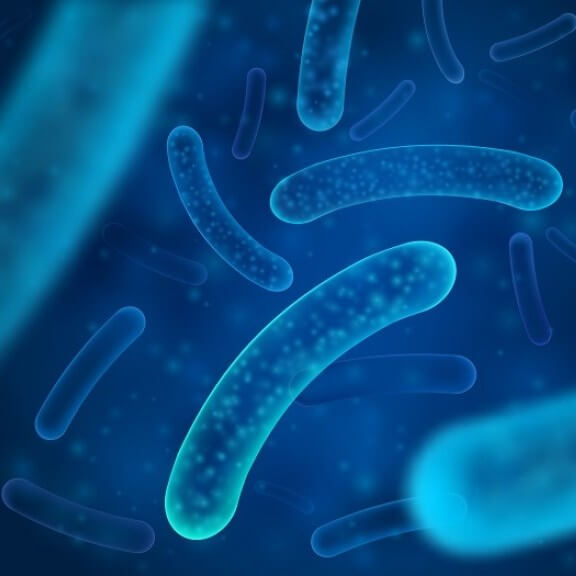
Lactobacillus acidophilus DDS-1 probiotics
We use Lactobacillus Acidophius DDS-1 which is a good, safe body bacteria that is naturally present in the mouth, intestines, and vagina. During natural birth, the baby is even given it by mother nature through the birth canal by transferring the vagina , cervix on the baby’s lips.
There are hundreds of different strains of Lactobacillus Acidophilus on the market (just as there are hundreds of brands /chateaus of a particular grape variety) We specifically work with the Lactobacillus Acidophilus DDS-1 because of its high quality, high resistance to higher temperatures, high resistance to stomach acid that causes it to enter the intestines alive, among other properties that we should not mention due to claim regulations.
Probiotics are living microorganisms (bacteria) that are important for digestion. There are 10 times as many bacteria in our intestines than cells in our bodies. The digestive system is inhabited by about 1000 different types of bacteria. Each person carries about 150 species (+/- 1.5 kilos).
80% of our immune system is normally in our gut. A healthy intestinal flora is important for digestion, the immune system and the absorption of nutrients into our bloodstream.
Antibiotics kill bacteria both the good and the bad, this explains why one can get diarrhea during an antibiotic cure.
There has been a lot of publicity about the risks of certain bacteria, especially the non-body bacteria. We only use very high quality safe body bacteria.
Lactobacillus Acidophilus and Lactobacillus Rhamnossus are very important to us, the Supervisory Claims Committee (EFSA) in Europe has, much to the surprise and frustration of practitioners who work from a natural basis, banned all health claims, we as a supplier should not tell us anything positive about these great products.
Our advice is to Google scientific studies by Western universities on Lactobacillus Acidophilus and Lactobacillus Rhamnossus.
Keep all probiotics chilled for maximum conservation efficacy
What suits you, what do you need?
You are interested but do not know which products suit you best?
Fill in the questionnaire and we will send you a free proposal by e-mail with a brief explanation.
Since 2000 we are practicing naturopathy. We will handle your information with utmost confidentiality in accordance with privacy legislation and NEVER share this information with third parties.


